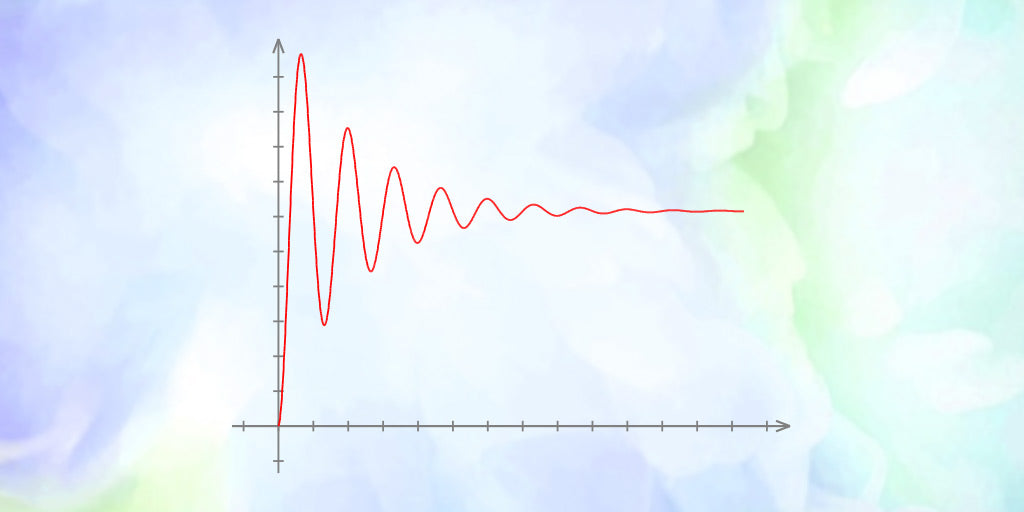What Are Transients & Why Do They Matter to Your Mix?
Audio professionals love to talk about the sound of their recordings and productions. There are tons of buzz words thrown around to describe sounds, some of which have little to no meaning. We do our best to describe our art with the vocabulary we have and that’s usually enough.
Sometimes these descriptions come from familiarity with a sound. Warmth and heat are often used to describe something that’s harmonically dense, usually as the result of a saturation plugin or natural tube distortion. Terms like body and thickness are used to describe the lower mid and bass content of a sound.
This list can go on for a while, but as much fun as it can be to describe our audio with terms that are familiar to anyone (audio experience or none), it’s imperative that you know how to articulate yourself to other audio professionals in a way that can be acted on efficiently.
Transients are a perfect example of why that’s the case.
The Situation
Whether you’re handing off your work to another engineer to mix or you’re searching online for tips on how to do it yourself, knowing how to state what you’re looking for is the key to getting the results you want.
For example, let’s say you’re listening to a mix of your band and the snare drum isn’t cutting through in the way you want it to. You need to shift your questioning from
What Are Transients?
Transients are the short burst of energy that you hear at the start of any sound. The loudest of transients are things like drum hits where the crack of the stick on a drumhead sends a loud sound wave out to the microphone. Transients are everywhere though – from the pick attack on your guitar strings to the consonants of your vocal. Ever used a pop filter while recording? The main goal of a pop filter is to catch plosives – loud burst of air into the microphone – much like transients.
Transients are essential to articulation. We need them to understand the shape of a sound and our ears interpret sounds differently depending on how the transient is formed. You can think of most transients in an “above average” or “below average” mentality.
Continuing the snare drum example, a snare track with “above average” transient levels might be a bit jarring or harsh in the context of your mix. Meanwhile, a snare track with “below average” transient levels might not cut through as well or sound muffled.

Being able to use this terminology when discussing any issues with other engineers ensures they’ll be able to act on it accordingly or provide you the right advice so you can do the same.
Compressing Transients
Most often, engineers and mixers will want to control their transients before they do any type of shaping or other processing to them. This control can even out a performance – making the loudest transients a bit softer and bringing them inline with the other transients in the track.
At their core – all dynamic processing is acting on the transients of your track. Boost an EQ around the main frequency in your transient and guess what? You’ve boosted your transient without any shaping tool present. Compress or limit it and you’ve brought it down.
Sometimes the standard tools just aren’t enough though. You need transient-specific processors like Transify to get the job done right.

Multi-band Transient Processors
Don’t worry – we didn’t just jump into a new conversation… Multi-band transient processors are just the easiest way to describe what a great transient-shaping tool should be capable of.
Multi-band processors are slowly making their way to market, but it’s clear why they’re different than the “all-or-nothing” transient shaping tools of the past. With multi-band, you can work on specific frequency ranges while leaving all of the other stuff unaffected. If you know the transient you’re trying to pull out of a bass guitar lives in the mids, focus your efforts there and leave the low end alone.
Transient processors really have two main controls: attack and sustain. For tracks with more transience than you’d like, you can pull down the attack and increase the sustain to help it ring out a bit longer. If your track is struggling to cut through the mix, simply boosting the attack should do.
Multi-band transient processors are great because they make sense at any stage in your workflow. Mixers use them on individual tracks to get isolated sounds sitting right while mastering engineers will use them on the final mix to bring out transients in different ranges and even automate them for different parts of the song!

Dynamically Speaking
A working knowledge of transients are just part of the grand scheme of audio mixing language. Many engineers start with EQ and compression – the two most common dynamic processors. From there, they’ll dive into more advanced automation techniques and multi-band processors.









